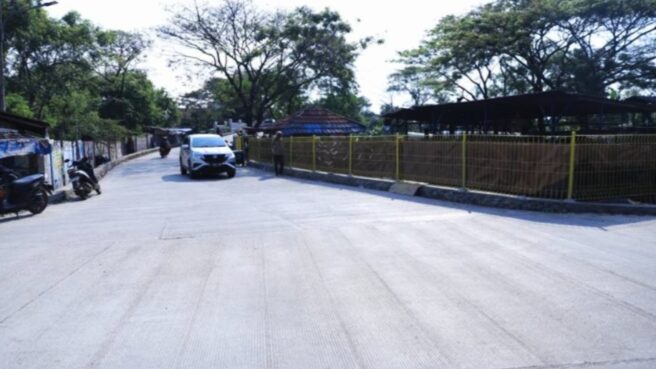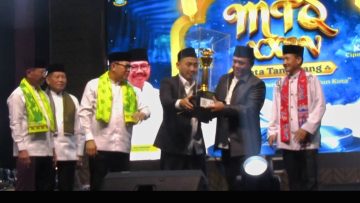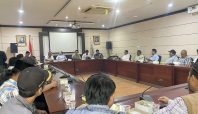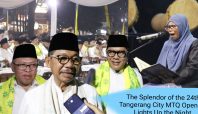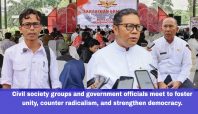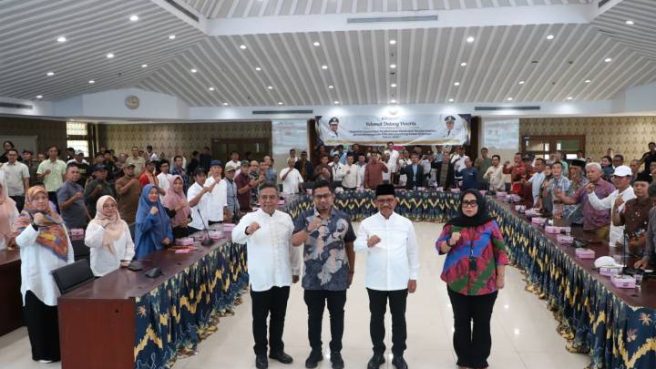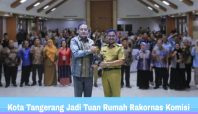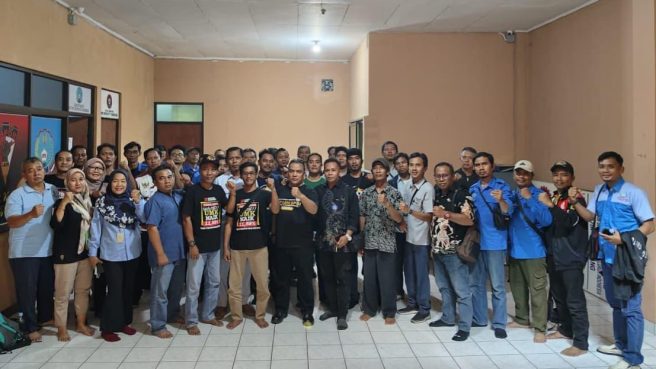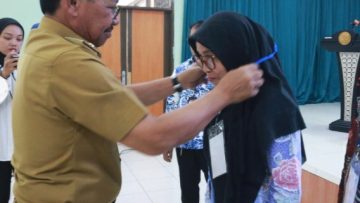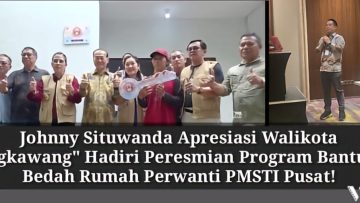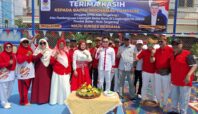Berita7 | Tangerang, Indonesia – July 23, 2025. The City Government of Tangerang, through its Public Works and Spatial Planning Department (PUPR), is making significant strides in urban infrastructure development, successfully reconstructing 40 strategic city roads in the first half of 2025. This large-scale initiative reflects the city’s commitment to enhancing urban mobility and reducing chronic congestion.
Mursiman, Head of Road Infrastructure at the PUPR Office of Tangerang City, highlighted that nearly 90 percent of the reconstruction efforts are on track to be completed by mid-August. Among the rehabilitated roads are major arteries such as Raya Bayur Road, South Sangego Road, Moh. Toha Road, Kian Santang Street, Imam Bonjol Street, Suryadharma Road, and Irigation Sipon Road.
“We are closely monitoring the ongoing developments. These efforts are part of our tangible strategy to ensure safer, smoother, and more sustainable transportation networks across the city,” said Mursiman in an official statement on Wednesday (July 23).
In addition to the 40 roads, the Tangerang City Government has also completed the construction of five new major road corridors, including Cisadane West Road, Lio Baru Road, Kali Bawah Road, and Sisi Bawah Pembuangan Road, the latter serving as a direct linkage between Green Lake City Cipondoh and the Jakarta metropolitan region.
Furthermore, a total of 19 new bridges have been built across the city, enhancing inter-district connectivity. Key projects include the Irigation Sipon Bridge, Semanan Bridge, and Mutiara Pluit Bridge
Not limiting its focus to large thoroughfares, the city has also embarked on the rehabilitation of 350 neighborhood roads spread across its urban and suburban districts. These localized projects are tailored to improve access, safety, and quality of life at the community level.
Live Streaming TV7net
“This work aligns directly with our Regional Medium-Term Development Plan (RPJMD). The next semester will be even more focused on accelerating unfinished infrastructure projects,” added Mursiman.
To ensure seamless implementation, Tangerang has been coordinating closely with the central and provincial governments, as well as neighboring local authorities. The goal is to synchronize infrastructure development across jurisdictional lines, especially in metropolitan border areas.
Mursiman also reminded the public to exercise caution during travel as some areas remain under finishing touches. He emphasized the importance of shared responsibility in maintaining public infrastructure.
With its consistent performance in infrastructure delivery, Tangerang City is fast emerging as a model of responsive urban planning in Indonesia. As congestion remains a growing urban challenge in Southeast Asia, the city’s focused and data-driven investments in roads and bridges signal a shift toward long-term mobility and livability improvements (Vn)




